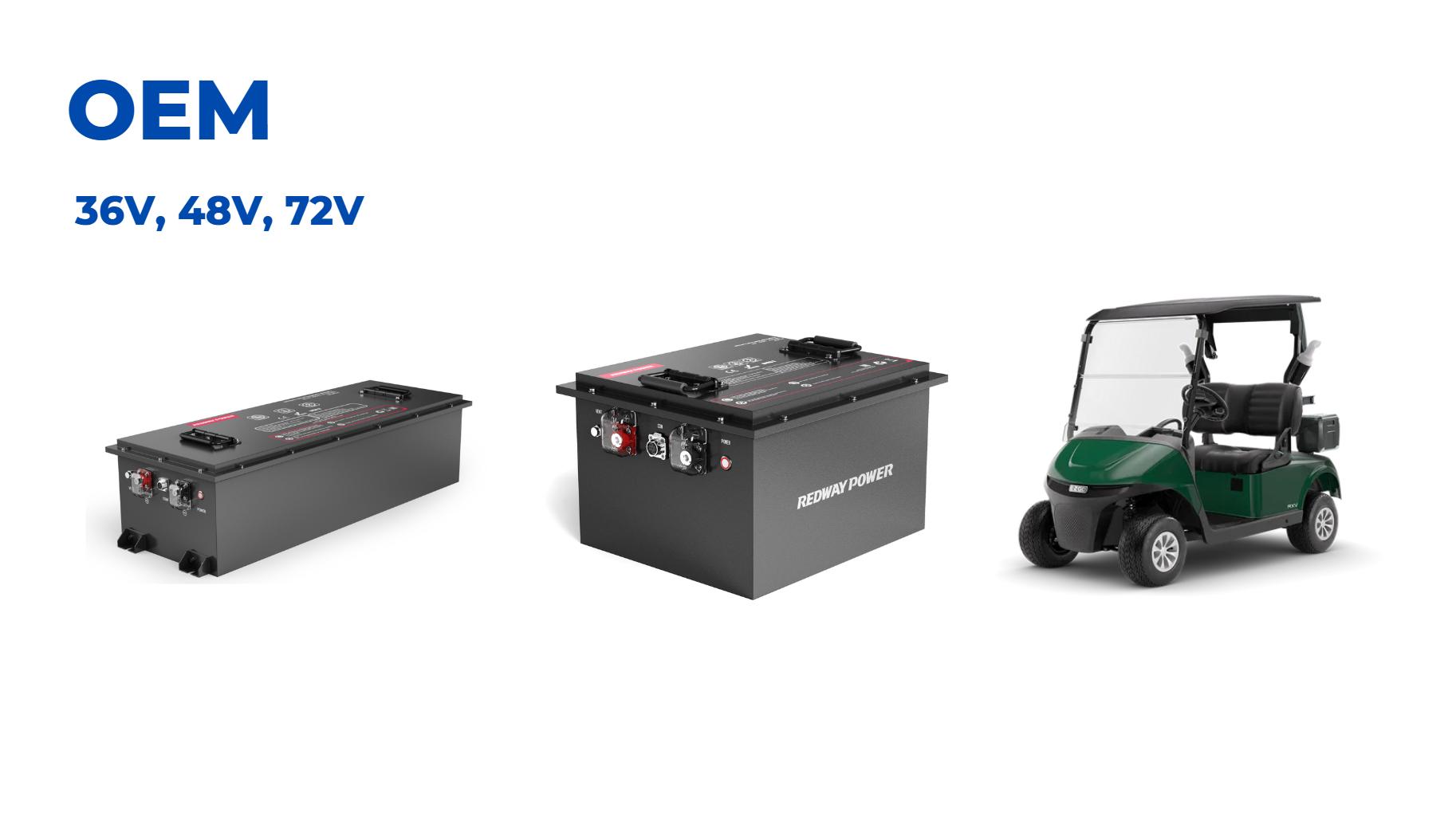
Comprehensive Guide to Golf Cart Battery Specifications
Golf cart batteries are critical to performance and depend on various specifications such as voltage, amp-hour capacity, battery type, and maintenance requirements. Understanding these specifications helps you select the right battery to match your golf cart’s power system, ensure longer runtime, and optimize lifespan. This guide covers key details about battery voltages, types, capacities, and care essentials for electric golf carts.
What are the standard voltage options for golf cart batteries?
Golf cart batteries commonly come in 6V, 8V, and 12V units. Most electric golf carts operate on battery packs configured to provide 36V, 48V, or 72V systems. For example, a 48V cart may use six 8V batteries or four 12V batteries connected in series. Choosing the correct voltage battery that matches your cart’s system is essential to avoid performance issues or damage.
Which types of golf cart batteries are available, and what are their specifications?
There are three primary types of golf cart batteries: flooded lead-acid, AGM (absorbed glass mat), and lithium-ion (LiFePO4). Flooded lead-acid is traditional and cost-effective but requires regular maintenance. AGM batteries are maintenance-free, sealed, and more vibration-resistant, offering improved durability. Lithium-ion batteries deliver superior energy density, lighter weight, longer lifespan, and require minimal upkeep but come at a higher price.
How do amp-hours (Ah) influence golf cart battery performance?
Amp-hour rating determines the battery’s energy storage capacity and, consequently, how long your golf cart can run on a single charge. Typical amp-hour ratings vary from 100Ah to 230Ah. Higher amp-hours mean longer driving range and usage time but can increase battery size and weight. Selecting a battery with appropriate Ah based on usage frequency, terrain, and desired range is crucial.
What role does battery capacity play in driving range and power output?
Battery capacity, expressed in watt-hours (Wh) or amp-hours (Ah), combined with system voltage defines total stored energy. Greater capacity provides prolonged driving range and stable power output, essential for hills or heavier loads. Poor capacity leads to shorter run times and frequent recharge needs, reducing efficiency and battery life.
How do physical dimensions and weight impact battery choice?
Battery size and weight affect installation compatibility and golf cart handling. Lead-acid batteries are heavier and bulkier; lithium batteries provide similar or higher capacity at lighter weights. Always measure your golf cart’s battery compartment and choose batteries fitting those parameters to avoid installation issues.
What are the key maintenance requirements for different golf cart battery types?
Flooded lead-acid batteries require monthly watering and terminal cleaning; neglect can cause sulfation and reduce life. AGM batteries are sealed and maintenance-free but still need terminal inspections and proper charging. Lithium batteries need minimal maintenance but require compatible chargers and protective circuitry to maximize lifespan.
How does battery chemistry affect charging time and cycle life?
Lithium-ion golf cart batteries charge faster—often 2-4 hours—compared to 6-8 hours for lead-acid types. Lithium batteries typically deliver 2000+ charge cycles, far exceeding 400-600 cycles typical for lead-acid batteries. Faster charging combined with longer cycle life results in improved usability and lower total cost of ownership.
What are the safety considerations when selecting and using golf cart batteries?
Battery safety involves correct voltage matching, proper installation, using compatible chargers, and avoiding deep discharges below 50% charge. Sealed batteries reduce acid spills, while lithium batteries require battery management systems (BMS) to prevent overheating or overcharging. Always follow manufacturer guidelines and dispose of batteries responsibly.
How do environmental factors influence golf cart battery lifespan?
Extreme temperatures impact battery performance and longevity. Heat accelerates capacity loss and water evaporation in flooded batteries, while cold temporarily reduces battery capacity. Storing and operating golf carts in moderate temperature ranges prolongs battery service life and ensures consistent performance.
Chart title: Comparison of Golf Cart Battery Types
| Battery Type | Voltage Options | Capacity Range (Ah) | Weight | Maintenance | Cycle Life (50% DoD) | Charging Time |
|---|---|---|---|---|---|---|
| Flooded Lead Acid | 6V, 8V, 12V | 150 – 230 | Heavy (60-80 lbs) | Monthly watering | 400 – 600 | 6 – 8 hours |
| AGM | 6V, 8V, 12V | 150 – 200 | Medium (50-70 lbs) | Maintenance-free | 500 – 800 | 5 – 7 hours |
| Lithium-Ion (LiFePO4) | 12V, 24V, 48V | 100 – 200 | Light (20-40 lbs) | Minimal | 2000+ | 2 – 4 hours |
HeatedBattery Expert Views
“Choosing the right golf cart battery is a balancing act of voltage, capacity, weight, and maintenance,” explains Dr. Kevin Wu, Battery Specialist at HeatedBattery. “Lithium batteries offer compelling advantages but come with higher initial costs. Lead-acid remains practical for budget-conscious users. Comprehensive understanding of specs and care requirements empowers users to maximize battery life and performance.”
Conclusion
Selecting golf cart batteries demands careful consideration of voltage compatibility, battery chemistry, amp-hour capacity, and maintenance capabilities. While flooded lead-acid batteries remain widespread, lithium-ion technologies are rapidly gaining market share due to better longevity and weight savings. Proper battery choice aligned with your golf cart’s specifications and usage optimizes power delivery, driving range, and service life.
FAQ
What voltage batteries do golf carts use?
Golf carts typically use 6V, 8V, or 12V batteries combined in series to achieve 36V, 48V, or 72V systems.
Are lithium batteries better than lead-acid for golf carts?
Lithium batteries have higher energy density, longer cycle life, and lower maintenance but cost more upfront.
How often should I maintain flooded lead-acid golf cart batteries?
Monthly watering and quarterly terminal cleaning are recommended to avoid sulfation and corrosion.
Can I mix different types or sizes of golf cart batteries?
No, mixing batteries can cause unequal charging and reduce performance and battery life.
How does battery capacity affect my golf cart’s driving range?
Higher amp-hour capacity extends driving range by storing more energy for the electric motor.
